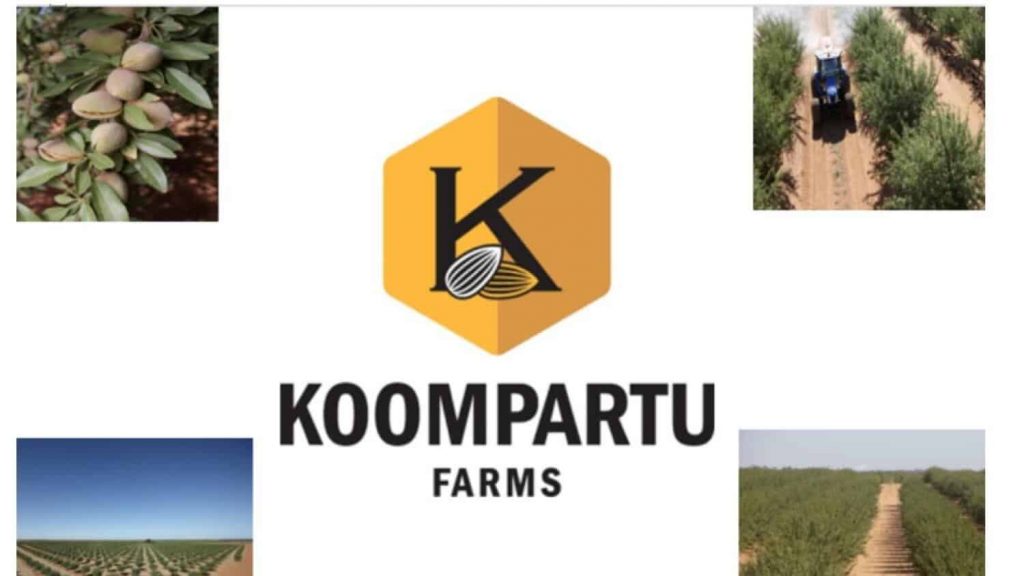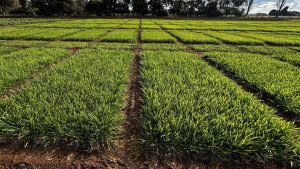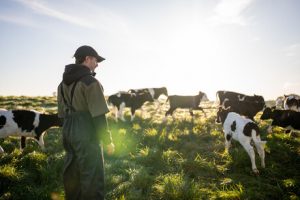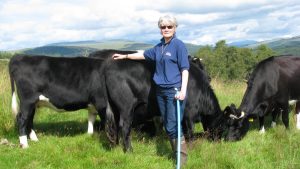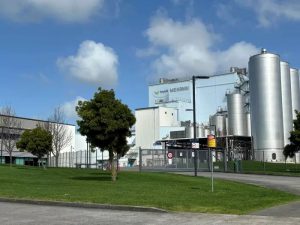
Water groups have sounded an alarm over new developments in South Australia which could consume large volumes of Murray River water.
The groups have presented options which could improve water use in South Australia and ensure the precious resource is being managed effectively, which is essential to avoid further upstream environmental and social damage.
The groups are aware that Victorian and NSW consumptive users are being asked to sell or transfer water to the environment, while new developments downstream consume more water.
The groups have written to Federal Water Minister Tanya Plibersek, as well as state water ministers. Signatories to the letter are the Murray Regional Strategy Group, GMID Water Leadership Group, Murray River Action Group, Murray Valley Private Diverters, Speak Up Campaign and Upper Goulburn Catchment Association.
They believe full disclosure from all Murray-Darling Basin states on how they share water among different users, including the environment, is required to ensure long-term sustainable outcomes for the basin’s social, economic and environmental needs.
There has recently been increased concern about SA’s water use following revelations that water is being piped long distances for industrial development, at the same time as the federal and SA governments are demanding more water recovery, supposedly for the environment.
This has occurred amidst growing evidence that even if water is recovered and stored in upstream dams, it cannot be physically delivered down the system.
The groups have highlighted some options which they believe should be reviewed in SA including:
- Reducing urban dependence on the Murray River through alternative water supplies such as more desalination, stormwater recycling and aquifer storage.
- Relying on Adelaide’s desalination plant(s) for urban supply during drought rather than increased take from the Murray River.
- Improve the quality and quantity of freshwater directed into the Coorong’s southern lagoon from the south-east drainage network, to address its degradation.
- Rediverting south-east drains to the Southern Coorong.
- Investigate Lock Zero and Lower Lakes infrastructure upgrades.
- Review the Murray-Darling Basin Plan requirement to increase the average flows of 4000 Gl/year out the Murray Mouth by an additional 2000 Gl (on rolling average).
The groups have pointed out that the consumption pool in southern NSW, northern Victoria and South Australia “has no more water to give” and they are concerned about the SA Government’s relentless call for more water recovery through buybacks, even though these would put the SA Riverland at as much risk as irrigation regions upstream.
They have asked for the SA Government to release information regarding water management and use as “this will assist in identifying innovative ideas and options to deliver the basin plan without further water recovery from farmers”.
“For the health of the entire Murray-Darling Basin, all governments and communities need to be confident the SA Government is undertaking every measure to also reduce its dependency on the Murray River and water from its storages,” the groups have told water ministers.
A new horticultural farm in the South Australian Riverland at Monash is being developed, which could consume gigalitres of water annually.
The Koompartu Farm is part of a 9000-hectare property, which includes plans for a dam that can hold more than a gigalitre of water.
The US-owned company is currently advertising full-time orchard hand positions.
